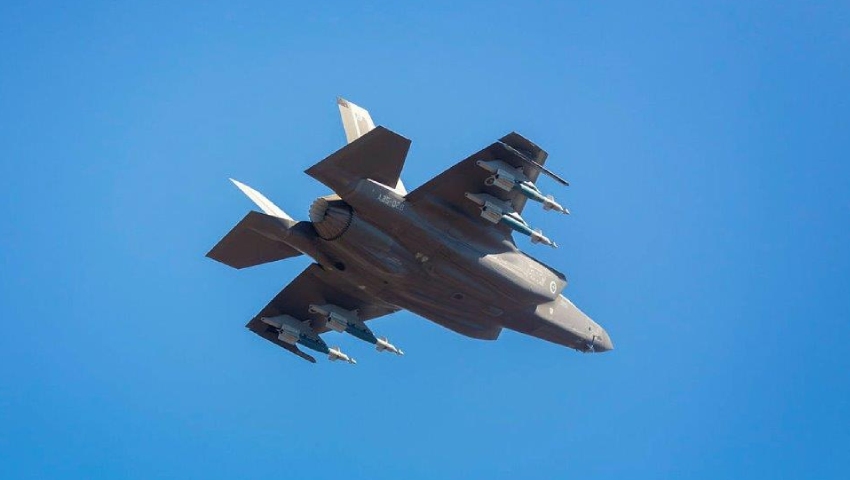F-35 Lightning II and F/A-18A/B Hornet fighter jets are among approximately 30 RAAF aircraft to be deployed for Exercise Rogue Ambush.
The Royal Australian Air Force has deployed over 300 personnel and approximately 30 aircraft to RAAF Bases Darwin and Tindal for Exercise Rogue Ambush 21-1, where they are set to conduct a range of tactical flying activities across the Northern Territory.
As part of the exercise, which will run from 15 June to 2 July, the RAAF will leverage Tindal restricted airspace and Delamere Air Weapons Range.
Aircraft involved in the exercise include the F-35A Lightning II, F/A-18A/B Hornet, E-7A Wedgetail, Hawk 127 lead-in fighter and KC-30A Multi-Role Tanker Transport.
The F-35A Lightning II, E-7A Wedgetail and KC-30 Multi-Role Tanker Transport will operate from RAAF Base Darwin, while the F/A-18A/B Hornet and Hawk 127 lead-in fighter will operate from RAAF Base Tindal.
The exercise is set to mark the final phase of the first F-35A operational conversion course conducted in Australia since its introduction.
“F-35A fighter pilots from No. 2 Operational Conversion Unit and E-7A Wedgetail co-pilots and aircrew from No. 2 Squadron who have deployed from RAAF Base Williamtown will face challenging training during the final phase of their six-month operational conversion courses,” Exercise Commander, Group Captain Matthew McCormack observed.
“The biannual Rogue Ambush exercises are designed to produce personnel ready to deliver air power for the joint force in peace and war.”
GPCAPT McCormack said participants would engage in “high-complexity” air combat training and interoperability activities with other Force Element Groups, enabling the RAAF to put its deployment capabilities to the test.
“The exercise provides our new pilots and aircrew an offensive counter-air training environment to fly complex aircraft and achieve an extremely high performance of precision strike missions, airborne command and control and air to air refuelling,” he added.
Aircraft are expected to operate during routine flying hours on weekdays only.
Exercise Rogue Ambush follows Exercise Arnhem Thunder, which saw two F-35As deployed with a full arsenal for the first time.
In addition to their internal payload, the F-35s departed with laser-guided GBU-12 bombs attached to their under-wing pylons.
More than 500 personnel and 50 aircraft participated in the training exercise, the largest post-COVID, which concluded on Tuesday (15 June).
Aircraft conducted air-to-air combat scenarios and dropped live ordnance on the Delamere Air Weapons Range, with a contingency response squadron activating forward operating base at the Mount Bundey Training Area.
Exercise director, Wing Commander Steven Bradley, lauded the success of Arnhem Thunder.
“It is a prime example of Air Force’s ability to mobilise and integrate its air and ground-based capabilities in response to a range of security threats,” WGCDR Bradley said.
“The exercise allowed Air Force’s key elements – Air Combat Group, Surveillance and Response Group, Air Mobility Group, and Combat Support Group to conduct important training.”
[Related: Fully-armed RAAF F-35s take flight for the first time]








